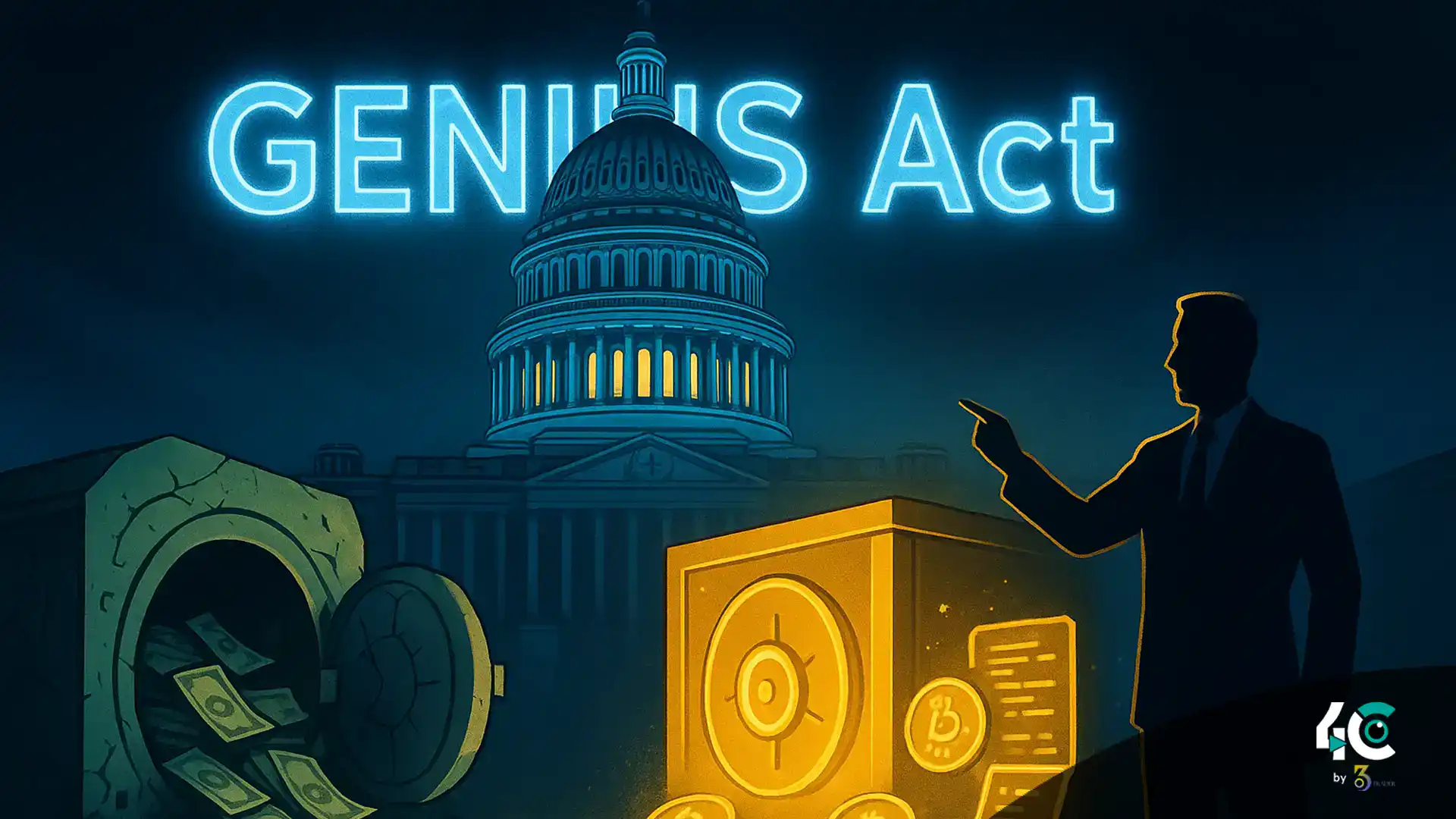GENIUS Act Could Shift Deposits to Stablecoins
According to Tushar Jain, co-founder of Multicoin Capital, the GENIUS Act passed in July could spark a massive movement of deposits from traditional banks to high-yield stablecoins.
Tech giants like Meta, Google, and Apple may compete with banks by offering stablecoins with attractive yields, instant settlement, and 24/7 payments.
Banks Attempt to Protect Their Profits
The GENIUS Act prohibits stablecoin issuers from offering interest directly to holders but does not stop affiliated companies or exchanges from providing yield. Banking groups are urging regulators to close this “loophole” to prevent deposit flight that could destabilize the traditional banking system, which relies on deposits to issue loans.
The U.S. Department of the Treasury has warned that widespread stablecoin adoption could trigger a $6.6 trillion deposit flight from banks, potentially raising interest rates, limiting lending, and increasing costs for households and businesses.
Jain emphasizes that banks may need to raise rates for customers, affecting their profit margins.
Also Read : Circle Explores Reversible Stablecoin Transactions to Reduce Crypto Fraud
Stablecoins Offer Attractive Yields
Stripe CEO Patrick Collison noted that current savings account rates are low—0.40% in the U.S. and 0.25% in Europe.
DeFi platforms like Aave, Maker, and Curve offer savings or staking options for stablecoins like USDT and USDC:
- Aave USDT: 4.02% APY
- USDC: 3.69% APY
This is roughly 10x higher than traditional bank rates.
Big Tech Eyes Stablecoin Adoption
Jain noted that companies including Apple, Google, Airbnb, and X are exploring stablecoins to reduce transaction fees and improve cross-border payments.
The current stablecoin market is valued at $308 billion, led by USDT and USDC, but the Treasury Department projects 566% growth by 2028, reaching $2 trillion.
GENIUS Act: A Monumental Change
The GENIUS Act may fundamentally change consumer cash flows, directing funds from banks to high-yield stablecoins, creating a new landscape where stablecoins directly compete with traditional financial institutions.


































